SOURCE: RAUNAK KUNDE / NEWS BEAT / IDRW.ORG
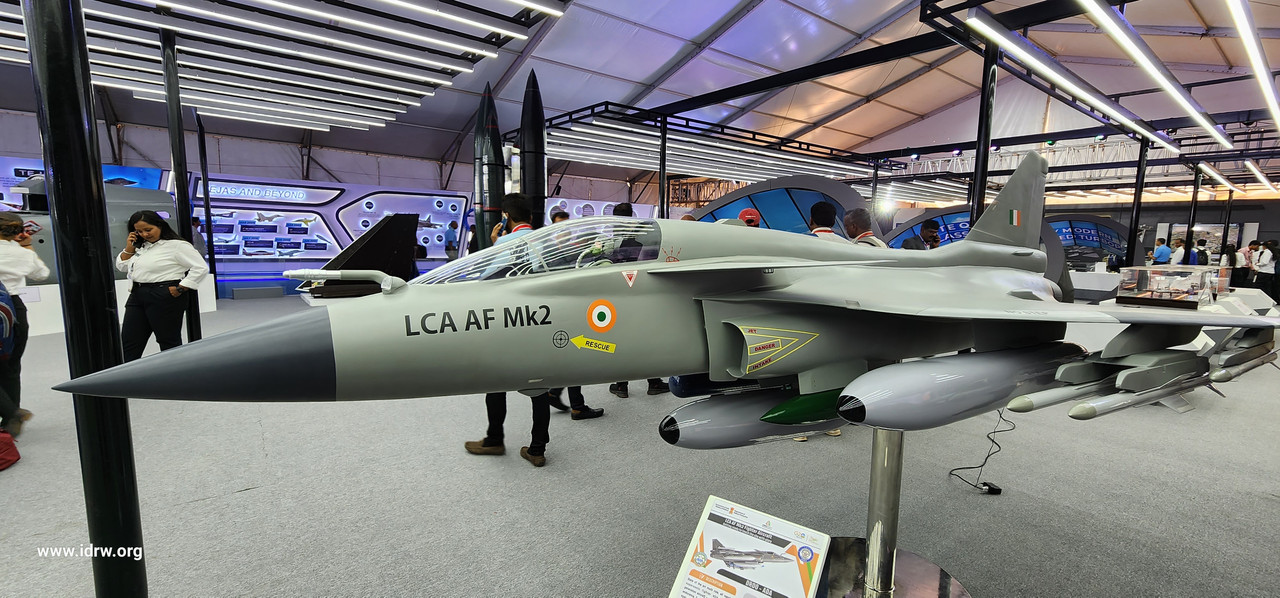
Hindustan Aeronautics Limited (HAL) has ambitious plans for the Tejas MkII fighter jet, aiming to produce at least 120 units before 2036, according to Chairman and Managing Director (CMD) CB Ananthakrishnan. This timeline aligns with the potential retirement of the Indian Air Force’s (IAF) Mirage-2000 and MiG-29UPG fleets by the mid-2030s.
HAL plans a phased production approach, starting with an initial rate of 16 Tejas MkII jets per year from 2029 to 30. This will gradually increase to a targeted production rate of 24 units annually by 2032-33. The entire production run is expected to be completed by 2035-36, meeting the IAF’s potential replacement needs for its ageing fighter jets.
Continue readingSOURCE: RAUNAK KUNDE / NEWS BEAT / IDRW.ORG

The Indian Navy has embarked on discussions with various Indian private-sector companies for the development of indigenous marine propulsion engines for conventional submarines. This initiative aims to achieve self-reliance in a critical area and power the next generation of underwater vessels.
The primary focus of this project is the development of 12 next-generation diesel-electric attack submarines (SSKs) under Project-76. These submarines are intended to replace the ageing Kilo-class submarines currently operated by the Indian Navy. The new engines are expected to match the performance of the existing MTU 12V 396 SE84 diesel engines used in the Kalvari-class submarines.
Continue readingSOURCE: RAUNAK KUNDE / NEWS BEAT / IDRW.ORG

India’s Indigenous air warfare capabilities leapt forward on May 29th with the successful test-firing of the Rudram-II air-to-surface missile. Launched from a Sukhoi Su-30MKI fighter jet off the coast of Odisha, this marked the first full-configuration test of the weapon.
The 800kg missile can carry a 200kg warhead 200kg warhead, is designed as a “universal weapons system.” This means it can be seamlessly integrated into various Indian fighter jets, including the upcoming Tejas MkII and potentially the Rafale in the future.
Continue readingSOURCE: AFI

In a significant development for India’s defense procurement, the T4 rifle, developed jointly by Jindal Defence and Brazilian firm Taurus Arms, has successfully passed a series of rigorous trials. This achievement brings the T4 rifle one step closer to being selected in a massive bid to supply 425,000 rifles to the Indian armed forces, marking a crucial milestone in the nation’s ongoing efforts to modernize its military equipment.
The T4 rifle underwent extensive testing under various conditions to evaluate its performance, reliability, and durability. These trials are part of the Indian Army’s stringent evaluation process to ensure that any new weapon system meets the highest standards of operational readiness and effectiveness. The successful completion of these trials is a testament to the rifle’s robust design and advanced features, making it a strong contender in the large-scale procurement process.
Continue readingSOURCE: AFI
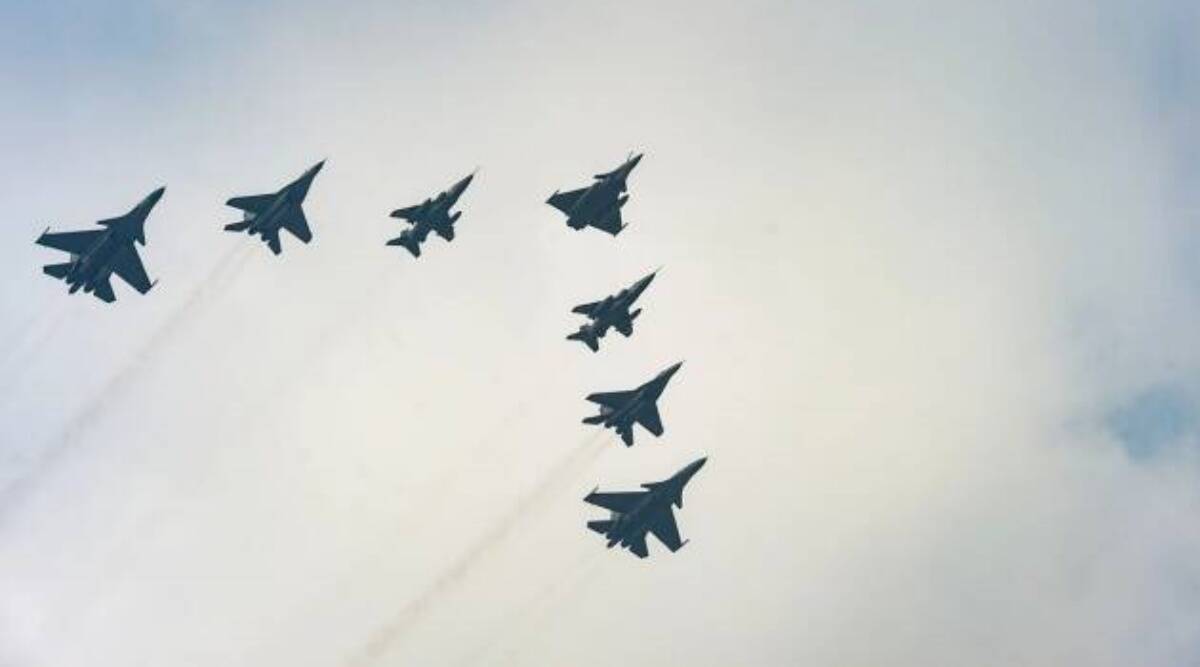
The Indian Air Force (IAF) is set to host its biggest-ever multinational exercise, “Tarang Shakti 2024,” this August in Jodhpur. Skies above the city will witness the roar of fighter jets from some of the most advanced air forces around the world.
This exercise marks a significant milestone for Indian-German defense cooperation. IAF Chief Air Chief Marshal VR Chaudhari’s recent visit to Germany and his sortie in a Eurofighter Typhoon underscore the strong ties between the two nations. The German Air Force itself confirmed participation with their Eurofighter jets via a social media post .
Continue readingSOURCE: AFI

In a historic achievement for India’s burgeoning space sector, Saraniya Periaswamy and Umamaheswari K have emerged as pivotal figures in the successful launch of the world’s first rocket equipped with a 3D-printed engine. This remarkable milestone, achieved by Agnikul Cosmos, was executed from the Indian Space Research Organisation’s (ISRO) launch facility in Sriharikota on May 30. The mission’s success underscores the increasing impact of women in the field of space exploration in India.
The path to this groundbreaking launch was fraught with challenges. Agnikul Cosmos, a Chennai-based startup, had to abort the mission four times in the preceding months due to various technical issues. However, the perseverance and expertise of the team, led by Periaswamy and Umamaheswari, ensured that these setbacks were only temporary.
Continue readingSOURCE: AFI

Garuda Aerospace Pvt Ltd., a leading Indian drone tech startup, proudly announces the grand opening of its first exclusive drone showroom in Chennai! This groundbreaking initiative marks a significant step forward for the drone industry in India.
Driven by the visionary leadership of CEO Agnishwar Jayaprakash and the esteemed Dr. R Velraj from Anna University, the showroom transcends mere product display. It’s a portal to the future of aerial innovation.
Continue readingSOURCE: IDRW.ORG
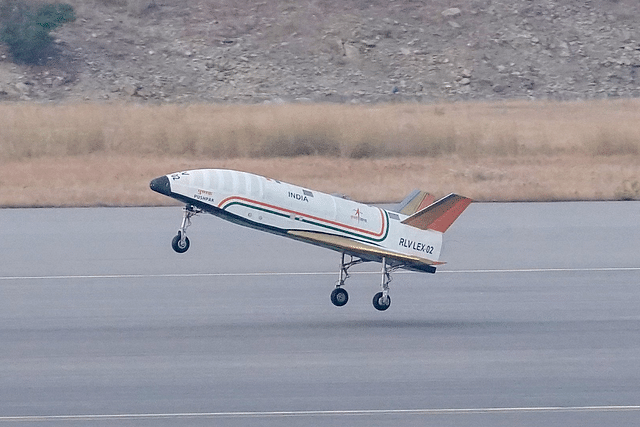
The Indian Space Research Organisation (ISRO) is inching closer to its Reusable Launch Vehicle (RLV) program with the upcoming third and final RLV landing experiment (RLV LEX).
“We’re progressively raising the difficulty level with this mission,” said Dr. Unnikrishnan Nair, highlighting the increasing complexity of the tests. The RLV-LEX missions involve an unmanned winged prototype, named Pushpak, being taken to a predetermined height and released for a controlled landing under various conditions. In the upcoming LEX-03 mission, Pushpak will be carried to a height of 4.5 kilometers, but with an added challenge – it will be released 500 meters sideways from the runway, compared to the 150 meters in the previous LEX-02 mission.
Continue readingSOURCE: IDRW.ORG

The Johnnette JF-2, a lightweight hand-launched fixed-wing drone, recently impressed during a military exercise in Rajasthan. This drone, deployed by a tank crew, showcased its capabilities as a valuable tool for land forces.
The Johnnette JF-2 boasts several features that make it ideal for battlefield use. First and foremost, its lightweight design and hand-launching mechanism allow for easy deployment by soldiers in the field. Furthermore, its extended 90-minute endurance enables troops to gather vital intelligence over a sustained period.
Continue readingSOURCE: AFI

Group Captain MJA Vinod (retired Indian Air Force) recounted his experience evaluating the Eurofighter Typhoon in X Post (Formerly Twitter). This evaluation, conducted before the induction of the Rafale, involved both flying the Typhoon and engaging it in simulated combat.
While acknowledging the “neat” towed decoy system of the Typhoon, Group Captain Vinod reportedly expressed reservations about its overall performance.
Continue readingSOURCE: AFI
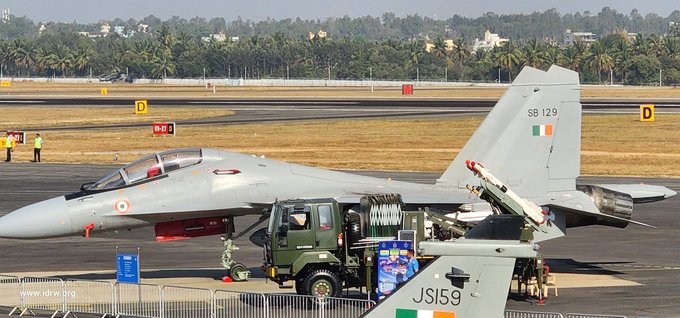
Hindustan Aeronautics Limited (HAL) is set to manufacture 12 Su-30MKI multirole fighter jets following a recent order. These jets will bolster the Indian Air Force’s (IAF) fleet.
The Su-30MKI is built under license from Russia’s United Aircraft Corporation, with a per-unit cost of $70.3 million for HAL production. This is significantly higher than the $42.15 million price tag for a Russian-built model, according to a senior IAF official.
Continue readingSOURCE: AFI
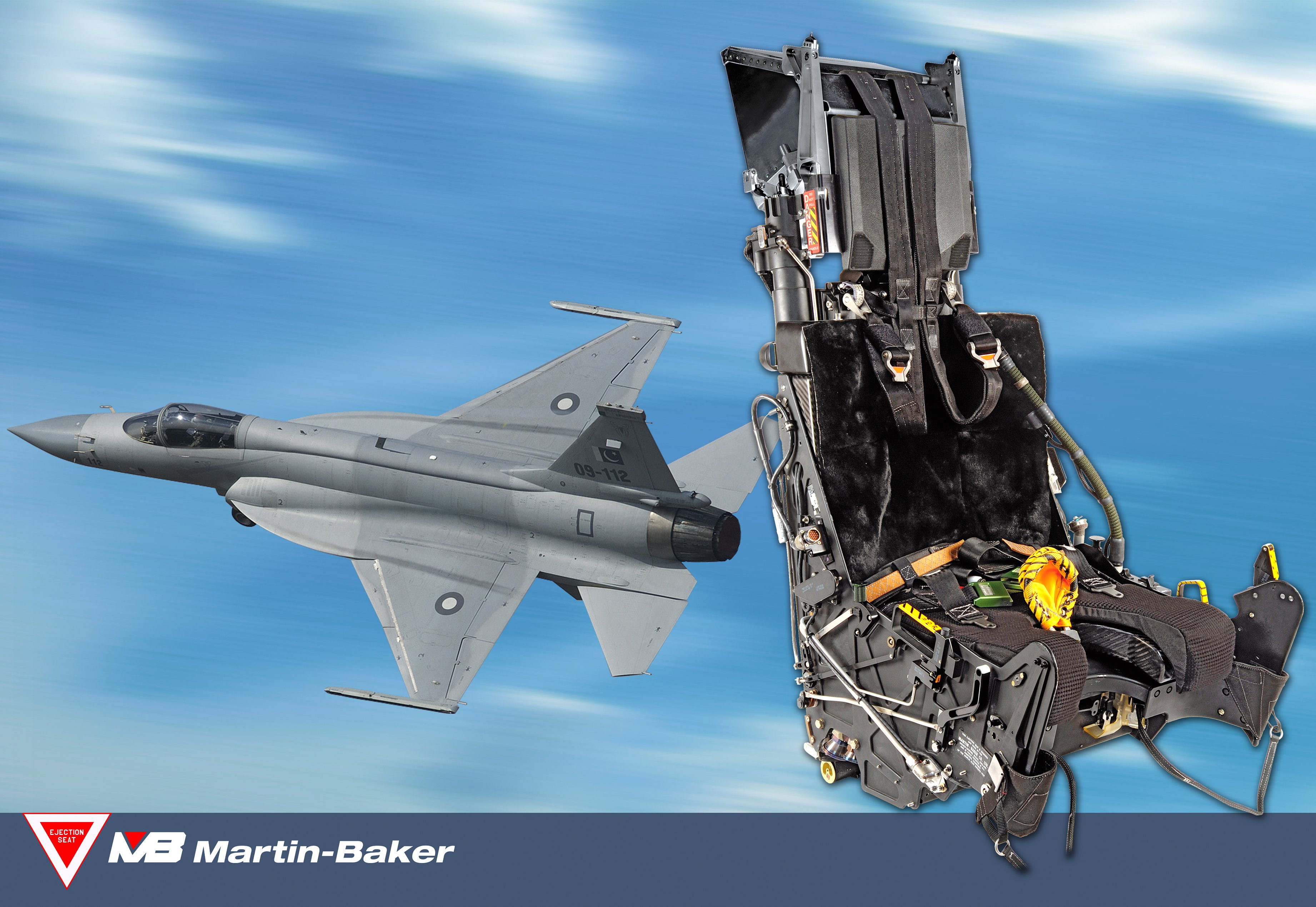
A recent report by the Indian Defence Research Wing (IDRW) claims a Pakistan Air Force (PAF) JF-17 fighter jet crashed on June 5th, 2024. However, this incident has not been acknowledged by the PAF, any Pakistani media outlets, or Martin-Baker, the manufacturer of the aircraft’s ejection seat.
The alleged crash, if confirmed, would be the fifth known incident involving a JF-17. While social media videos purporting to show the crash have circulated, there’s no official confirmation. This silence extends to Martin-Baker, the manufacturer of the JF-17’s ejection seats. Their “EJECTION NOTICES” section, which typically acknowledges successful seat use, has no mention of this event.
Continue readingSOURCE: AFI
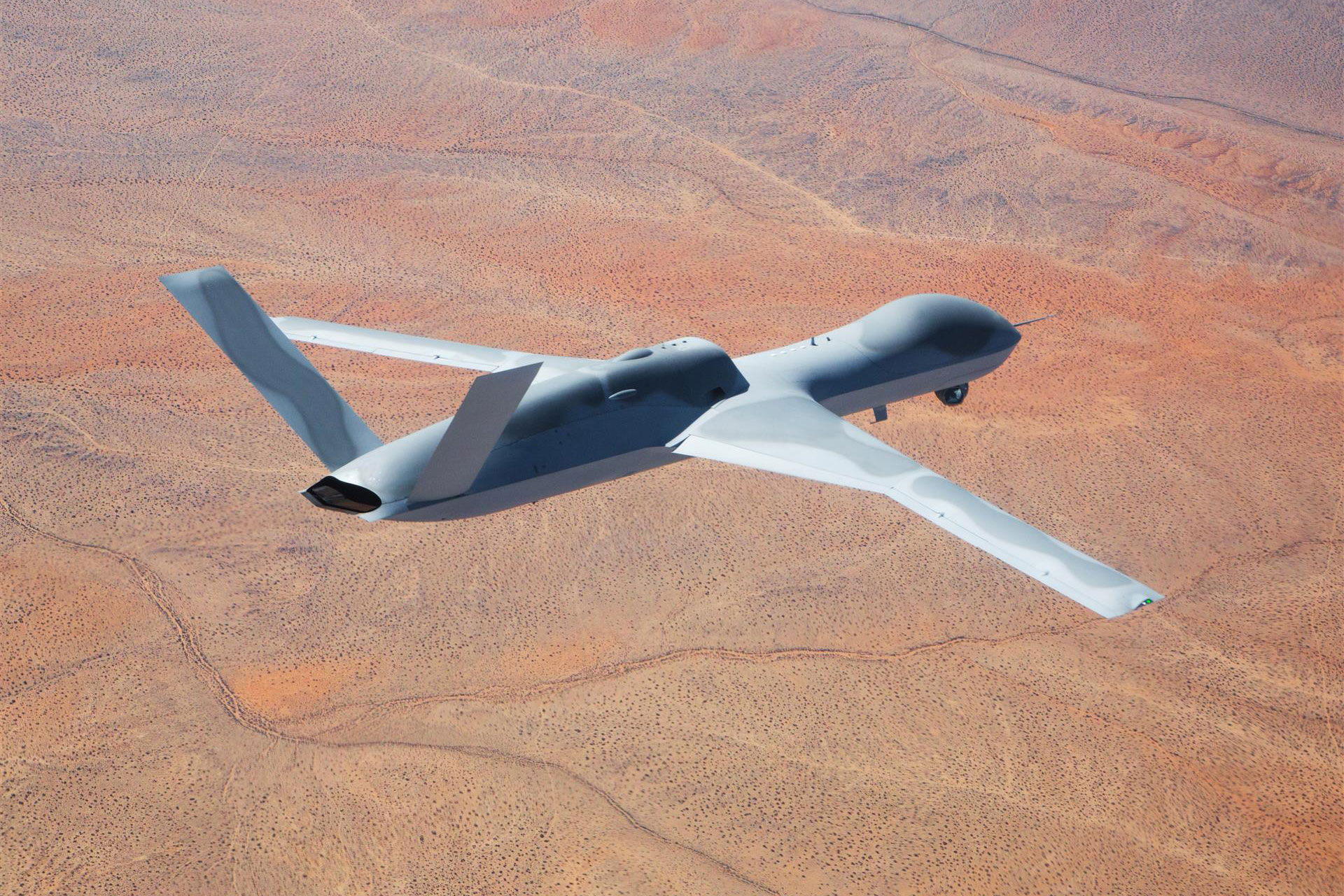
In 2017, the Indian Air Force (IAF) set its sights on acquiring armed unmanned aerial vehicles (UAVs), specifically the General Atomics Predator C Avenger. This potential deal, estimated at a staggering $8 billion, involved 80 to 100 Avenger drones for the IAF.
The request came during the Trump administration, following a productive meeting between Prime Minister Narendra Modi and President Donald Trump in June 2017. Interestingly, this meeting also saw the US approve the sale of 22 unarmed Guardian drones to India, bolstering the Indian Navy’s surveillance capabilities in the Indian Ocean region.
Continue readingSOURCE: AFI

Celebrating six decades of providing scientific advice to the Indian Air Force (IAF), the Defence Research and Development Organisation (DRDO) organized a seminar on Knowledge Management on June 7th, 2024.
The seminar was graced by Air Marshal Ashutosh Dixit, Deputy Chief of Air Staff. Air Marshal Dixit not only commended DRDO’s contributions to national security but also actively participated in discussions on capturing, sharing, and managing tacit knowledge within the defence sector.
Continue readingSOURCE: RAUNAK KUNDE / NEWS BEAT / IDRW.ORG
.jpg)
India’s Hindustan Aeronautics Limited (HAL) is accelerating production of the LCA-Tejas Mk1A fighter jet, aiming to build 24 aircraft annually. This announcement by HAL chief CB Ananthakrishnan signifies a significant boost to the Indian Air Force’s (IAF) fighter strength.
Previously, HAL operated under a “Contracted Schedule” with a production rate of 16 Tejas Mk1A jets per year. The new plan, dubbed the “Enhanced Delivery Schedule,” leverages HAL’s existing three production facilities: two Bengaluru lines (each producing 8 aircraft) and a new line in Nashik with an identical capacity. This combined capacity allows HAL to reach the target of 24 jets annually.
Continue reading